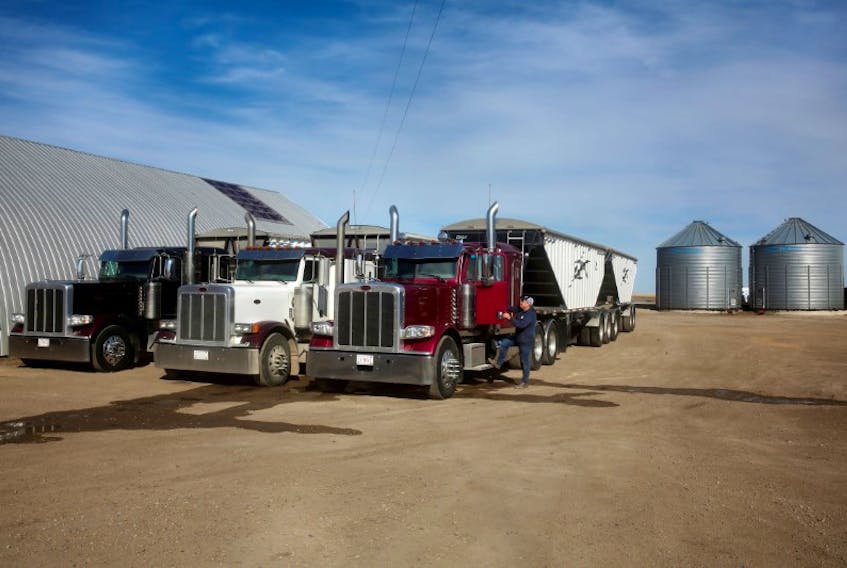By Rod Nickel
WINNIPEG, Manitoba (Reuters) - With drought turning Chad Ross's pastures brown, the Saskatchewan rancher sent 140 head of cattle to slaughter earlier than usual this spring, as the Canadian Prairies' three-year drought made them too expensive to feed.
The ranch and feedlot near Estevan, Saskatchewan, has lost money two straight years. Long-awaited rains that swept the parched Prairies in the past week largely skipped the Ross farm.
Now Ross's corn crop may produce half of what he hoped and he has had to graze cattle 90 km (56 miles) away on leased pasture, inflating feed costs.
"It's been a terrible challenge," he said. "We've had nothing (from the weather) to get us out of the woods."
The Prairies have suffered one of their worst droughts in nearly two decades. This year's dryness comes amid depressed incomes and as export market China refuses to buy canola because of a diplomatic dispute.
Canada is the world's sixth-biggest beef shipper and largest canola exporter.
Rains in the past week ranged from more than 65 millimeters (2.6 inches) in southwestern Saskatchewan to a few millimeters in southeastern Alberta, according to Agriculture and Agri-Food Canada (AAFC).
Factoring in those rains, large parts of Alberta, Saskatchewan and Manitoba still have received far less than normal precipitation in the past 60 days, according to AAFC. Further rain this week will add to "short-term relief" for stressed wheat and canola crops, Commodity Weather Group said in a note.
Early seeded crops are unlikely to reach average yields, while later planted crops may be only average, said Cory Jacob, the Saskatchewan government's crops extension specialist.
"There's definitely more smiles around the province after the rain," he said. "But we can't overplay the fact that there was damage done" earlier.
Consecutive drought years are not unusual, said Trevor Hadwen, agroclimate specialist for AAFC. Farmers can usually manage for the first couple of years but by the third, soil moisture reserves are depleted, he said.
Rancher Rick Toney has been forced to haul hay to his Gull Lake, Saskatchewan, ranch from 500 kilometers away to feed his cattle. Rain will help but there is no telling when the next shower will come, since June is usually the wettest month.
"It’s a multi-million-dollar rain," Toney said. "But in our part of the country when the heat of summer comes, sometimes the rain shuts off."
(Reporting by Rod Nickel in Winnipeg, Manitoba; Editing by Bill Trott)









